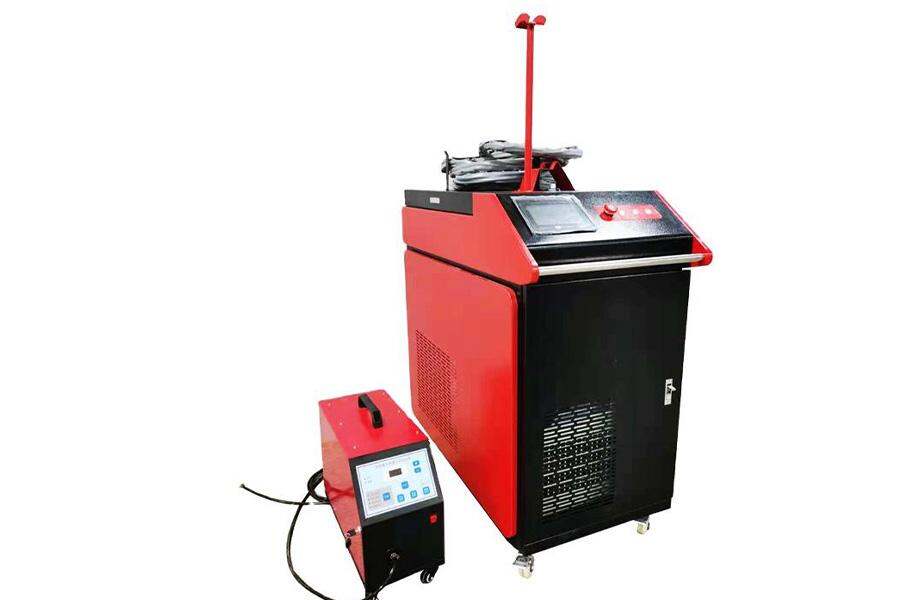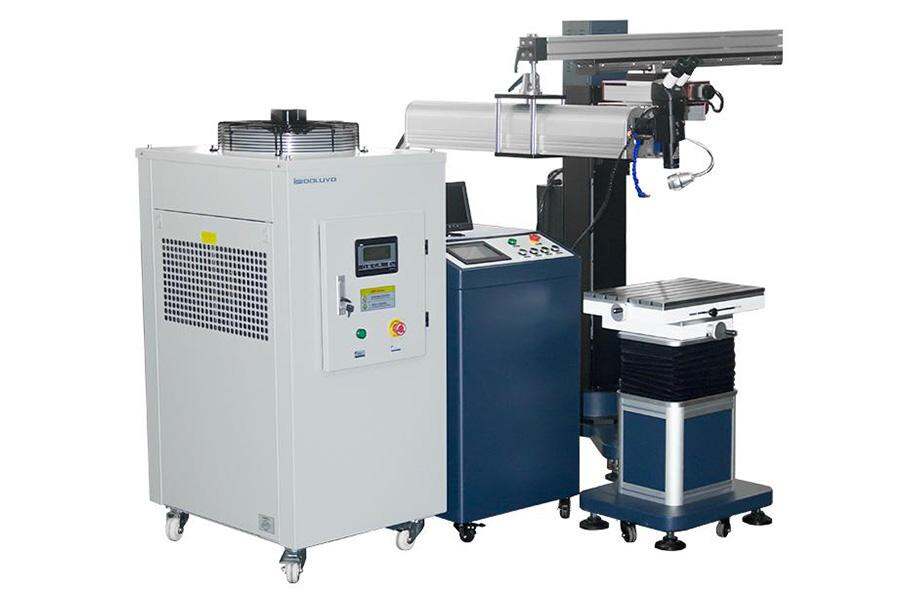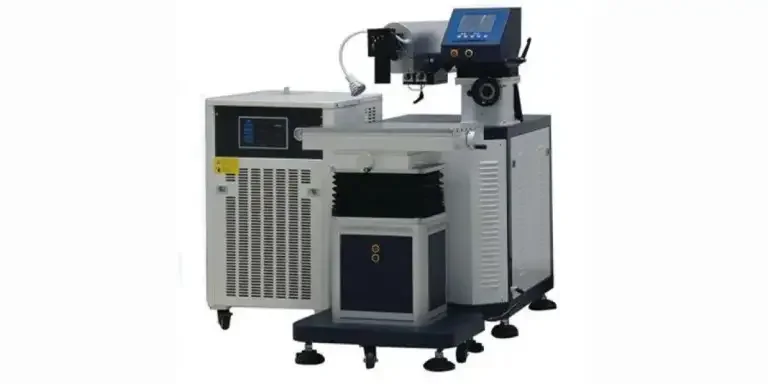Laser welding machines were first invented in the 1970s. They started being used in mass production in the 1990s and have been instrumental in the automotive and industrial sectors ever since. Their precision and low cost of operation are very attractive, and they are considered a better alternative to resistance spot welding. The laser welding machines business can be a lucrative one when done right, so this guide explains how businesses and entrepreneurs can venture into it. Picking suitable machines should not be complicated, and this guide shows you what to look for.
Table of Contents
Laser welding machine: market share and demand
Factors to consider when choosing a laser welding machine
Types of laser welding machines
Target market for laser welding machines
Final thoughts on welding machines
Laser welding machine: market share and demand
The laser welding machines market size is expected to grow by $373 million from 2021 to 2025 and $1.12 billion by 2030. The year-on-year growth rate for 2021 was 4.48%. Among emerging trends in the laser welding industry is additive manufacturing. Additive manufacturing makes it possible to manufacture products that have complex geometries. In addition to this, it optimizes material use and minimizes wastage. Laser welding machines are also being adopted in car manufacturing to produce engine parts, alternators, solenoids, and fuel filters.
Factors to consider when choosing a laser welding machine
Laser pulse waveform
When the high-intensity laser beam is directed to the surface of a metal, 60-98% of the laser energy is reflected away, causing a change in the temperature of that surface. This is an important consideration when doing wafer welding.
Frequency of laser pulses
The frequency of laser pulses is the ability to reflect pulses. It is measured as reflected pulses per second and using the unit Hertz (Hz). The higher the frequency, the smaller the size of the laser, meaning that it can cut through metals easily with a constant laser source. Before welding, the laser energy produced must be enough to melt the metal to weld. The processing speed can be used to determine the output frequency of the laser.
Power density
High power density results in the vaporization in microseconds of the surface of the material being heated to boiling point. A high power density is beneficial for material removals such as cutting, carving, and punching. Increasing the power density to 1.5 MW/cm2 and beyond shifts the weld to keyhole/penetration mode. Low power density reaches the boiling point for several milliseconds. Before surface vaporization, the bottom layer reaches the melting point making it suitable for fusion welding. It is also known as conduction welding and requires a power density of 0.5 MW/cm2.
Laser pulse width
Laser waveforms are produced in pulses. Pulse width refers to the distance between two pulses. The distance between two pulses can be altered to affect the energy emitted. The lower the width of a pulse, the lower the energy emitted by the laser. The pulse width is also the main parameter to determine the volume and cost of processing equipment.
Laser source
There are three types of laser sources: fiber, C02, and Nd:YAG. The fiber laser is ideal for working metallic parts. C02 laser welders provide a continuous welding beam that creates efficient and durable welds. The Nd:YAG laser welders are less energy-efficient than fiber lasers. They, however, have greater laser control that cannot be achieved with other laser types.
Types of laser welding machines
Pulsed laser
Pulsed lasers concentrate their output energy into brief, high-power outbursts.

Features:
- It welds razor blades, sheet metal, gold jewelry, and titanium pacemakers.
- It has a low average power of 10-20 W.
- For high-speed applications such as ablations and cleaning surfaces, there are pulsed laser machines with 500 W.
Pros:
- It is suitable for light and thin metals.
- Many materials can be deposited in a wide variety of gases.
- One laser can serve many vacuum systems.
Cons:
- Requires high assembling accuracy to prevent laser beam deflection.
Continuous laser
Continuous lasers have an output that is nominally constant over an interval of seconds or longer.

Features:
- It has a nominally constant output across a fixed interval.
- It can produce thousands of milliwatts and is tunable from below 700 to above 1000 nm.
Pros:
- It emits a steady beam of light with constant power.
- It is recommended for welding thick parts.
Cons:
- It can pose problems when welding on metals with thin parts. The metal could deform or be damaged.
- It is more expensive than a pulsed laser.
Target market for laser welding machines
Laser welding machines are expected to grow at a CAGR of 4.8% during the forecast period 2022-2032. The Asia Pacific region is projected to have the largest share of the laser welding machines market. The factors contributing to this dominance are an increased awareness of laser welding technology and a growth in the automotive and transport industries. Europe is expected to lose its laser welding machine market share due to a shortage in raw materials as well as adverse effects of the economic crisis. North America will also lose its market share to emerging economies in the APAC region.
Final thoughts on welding machines
Laser welding is preferred to other forms of welding for various reasons. The most important ones are the lack of wear of the machines and the no use of electrodes in welding. This is in addition to automating welding with the help of Computer-Aided Design (CAD) software. Visit Alibaba.com for a selection of the laser welding machines available.




